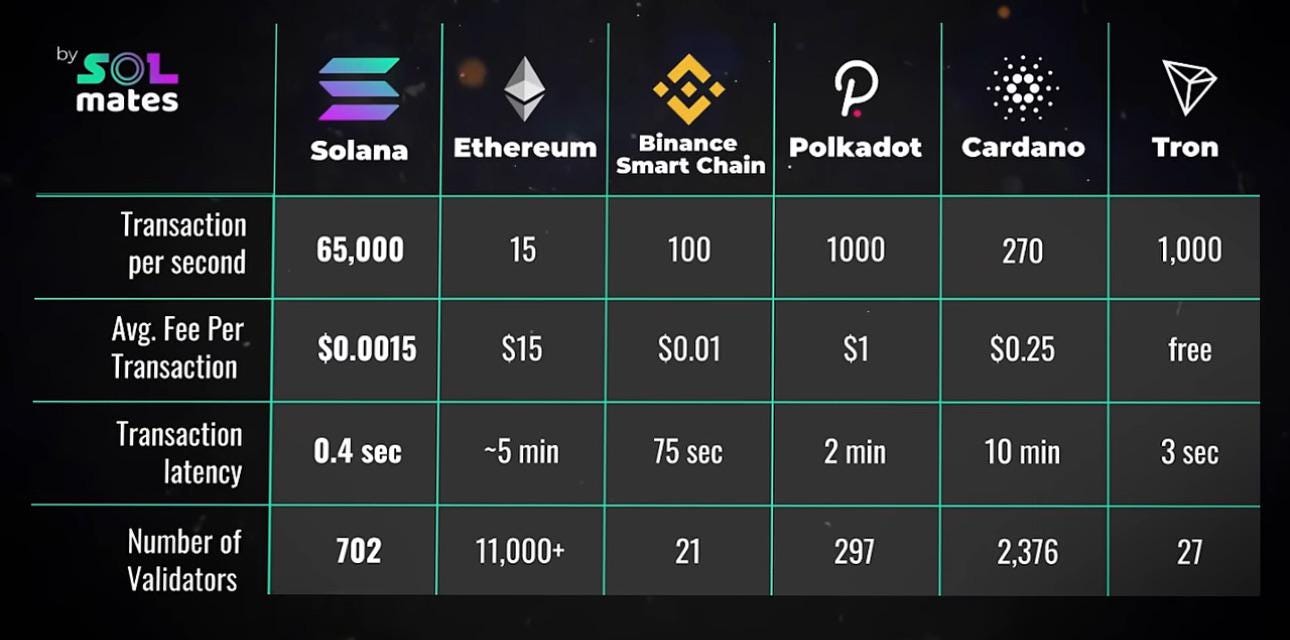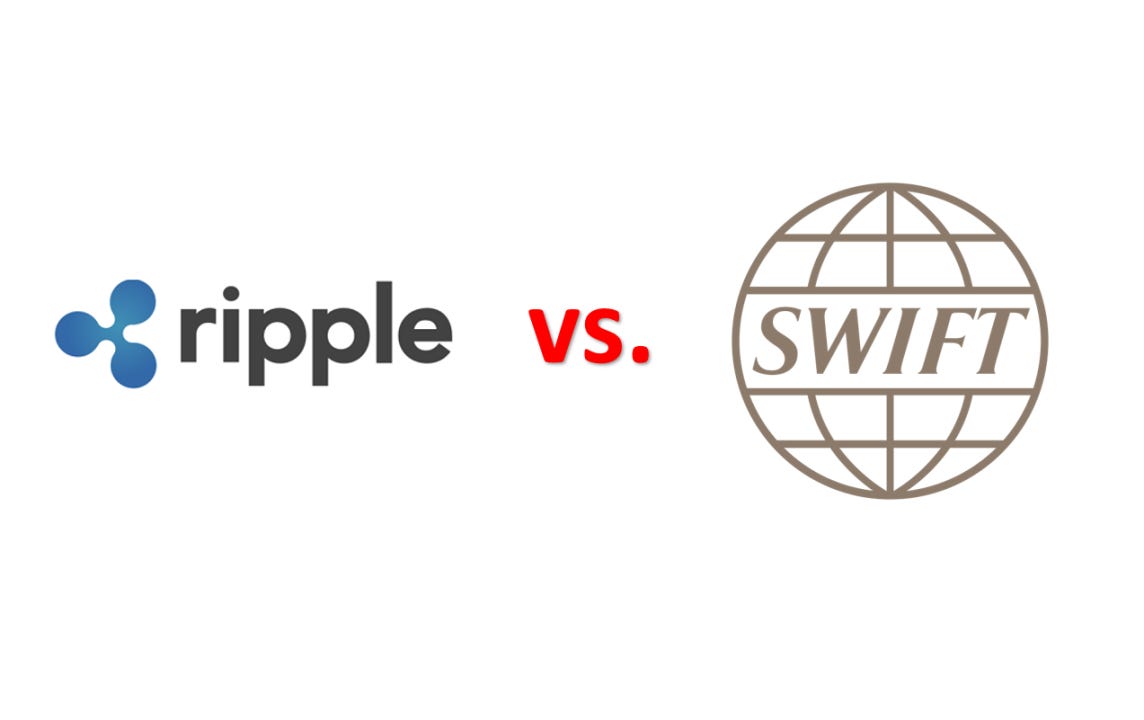Blockchain Meets Bureaucracy: Unpacking the On-Chain Treasury Fantasy
Is the US Treasury utilizing a blockchain system realistic? Is it possible soon? Is this crazy?
Transparency, accountability, and immutability. A distributed ledger can offer a lot, but things get a little murky when you start thinking of how blockchain technology might be utilized by the US federal government.
Since Trump has taken office, our news cycle is in overdrive. Over the last couple of weeks, unsurprisingly, the crypto community has chimed in regarding recent progress with DOGE.
This is a cool idea, but, as they say, ideas are a dime a dozen. This idea has floated around for years, with no clear practical implementation. The JFMIP has even written long, tediously long reports on the potential for harnessing blockchain in the federal government. The dream of being able to publicly audit 6.5 trillion dollars in annual federal spending is real, how would this be implemented?
Where are we at? Is this even possible? Is moving all operational records of the US Treasury onto a blockchain something that is even technologically possible? And, what would it look like from a privacy perspective? One can imagine how being this radically transparent with spending would be an enormous risk for national security. The list goes on.
In this article, I’ll outline where we’re at, where we’re going, and what hurdles lay in the way of having Elon Musk and Brian Armstrong’s wet dream become a reality. Obviously, DOGE isn’t an actual department, but it is a committee with a federal budget and a website tracking wasteful taxpayer funding (WTF). This article isn’t going to get into the legality of what is currently happening across DOGE, only if the federal government utilizing a blockchain system is feasible or realistic.
Let’s get into it.
Legacy of Technical Debt: A System on Life Support
Let’s face the reality here: the U.S. Treasury's financial infrastructure is out of date. The world’s largest economy runs on IBM mainframes deployed during the Reagan era. Now, these systems process ~143 million transactions daily, and they are built on COBOL, a programming language that is older than everyone that is currently working for the federal government (aside from Nancy Pelosi perhaps). Thankfully, it looks like LLMs will solve the crisis that many had feared for years: federal COBOL engineers reaching retirement and having nobody to replace them.
The systems used by the Treasury are currently inefficient, and this isn’t just conjecture. In 2024 alone, the Government Accountability Office (GAO) reported nearly 22.3 billion dollars lost in undetected improper payments, and countless billions lost due to fraud from 2018-2022. The GAO is an independent, nonpartisan government agency within the legislative branch that provides auditing, evaluative, and investigative services for the United States Congress. Using the current systems in place, the Treasury has anywhere between 72-96 hour delays between transactions and ledger updates. This isn’t ideal.
The US Treasury as of 2025 still utilizes SWIFT, which has been hacked in the past and is not as secure as we might expect or hope for a federally used system. SWIFT is a messaging system used by financial institutions worldwide, and the US has a significant influence on its usage and the global financial messaging system.
The pattern here is clear. While there have been meaningful updates to federal systems in the last few decades, they are dinosaurs when compared to other technology that is currently being utilized worldwide. Last week, Elon joked about federal retirements being sorted by hand in an old mine operated by Iron Mountain, leasing space to the US Gov. This is true, and the system is old and inefficient.
But, the systems work. They might lose billions of dollars a year and be insecure and out of date, but they work.
The Scale Challenge: Making Blockchain Work at Treasury Size
As I mentioned a moment ago, this isn’t the first time a proposal has come up online for increased transparency and accountability by utilizing a blockchain for federal programs and services. The reactions are predictable. Crypto enthusiasts love the idea, but many people outside of the space negatively associate it with the volatility seen within the crypto market at large. Bitcoin is still polarizing, and mainstream adoption, much to our chagrin, hasn’t happened yet.
Suppose the public blockchain idea for the US Treasury was approved tomorrow. Here’s where we’d be:
At present, there is no public blockchain that can reach the transactions per second (TPS) required by the treasury. Solana, which is often touted as one of the fastest blockchains, has a true TPS of about 250-300 for non-voting transactions, and the network handles about 2-3k TPS in practice. Other blockchains currently in development, like megaETH, will aim to achieve around 100,000 TPS, but this network is still in development and mainnet isn’t live. Nothing else comes close (to my knowledge). The US Treasury would, in theory, need a replacement system that can handle up to 8,200 TPS to match the capacity of its current legacy systems. By comparison, Visa’s NET 5.0 platform processes 65,000 TPS (keeping in mind this doesn’t mean the transactions are actually finalized).
Even layer 2s do not have the speed we’re looking for here. Based on what the federal government needs, and current technology, here’s a no-frills list of technical requirements and the tech that could actually be implemented to do it:
Federal Blockchain Technical Requirements
High Throughput: Process at least 65,000 transactions per second (TPS).
Low Latency: Achieve sub-second or real-time settlement.
Data Privacy: Protect sensitive payment metadata.
Security: Protect against cyberattacks and insider threats.
Quantum Resistance: Protect against future quantum computing threats.
Auditability: Enable transparent audit trails.
Compliance: Comply with U.S. laws and regulations.
Legacy Integration: Seamlessly integrate with existing mainframe systems.
Technology Implementation
Blockchain Platform: Ethereum-derived, permissioned blockchain (ERC-1155 token standard).
Scaling:
Polygon zkEVM rollups (Layer-2 scaling solution).
EVM compatibility layer
Sharding (64-node architecture).
Privacy: Zero-knowledge proofs (zk-SNARKs).
Security: Kyber post-quantum cryptography.
Smart Contracts: Solidity-coded contracts (as a standard)
Oracles: Chainlink CCIP oracles.
Bridges: Hyperledger Cactus bridges.
Legacy Integration: COBOL-to-WebAssembly transpiler, AWS GovCloud.
Data Storage: InterPlanetary File System (IPFS).
Compliance:
Multi-sig admin keys (Treasury, GAO, OMB).
KYC verification.
The above proposed technical implementation still isn’t quite fast enough. That said, an alternative stack utilizing XRP for payment rails could be more promising, as other projects are in the works that would offer tighter integrations (like quantum resistance utilizing RippleNet). To note, Ripple has also been proposed on more than one occasion to replace SWIFT (not Taylor).
Ok, so we’ve briefly outlined the problem, how the legacy systems currently function, and what a future implementation might look like if we utilized current tech. Now, let’s dig into how this ties into money more broadly in the United States.
The Money Revolution: When Dollars Become Programmable
CBDCs, or central bank digital currencies, are the digital form of a country’s fiat currency, regulated by its central bank. Almost all countries worldwide do not have active CBDCs, but it is clear from the usage of cryptocurrency (and the digitization of everything) that money is soon going completely digital. Most notably, China has been developing its digital yuan for years, and is actively testing it in pilot programs.
Imagine treasury bonds that execute automatically, or interest payments that adjust in real-time based on economic indicators. Budget allocations could follow strict, algorithmic rules, while being transparent and made accessible to understand.
On the Federal Reserve’s side, they’d have increased control over money supply and interest rates, and would be able to implement changes that take effect instantly across the entire financial system. The Antideficiency Act requires expenditure flexibility, but blockchain transactions are immutable by design. Checks and balances could be ensured by having Treasury, GAO, and OMB officials hold administrative keys – a system of digital checks and balances.
With great power comes great responsibility, and it is clear and obvious how many roadblocks something like this has and will have until we reach adoption and usage of such a system. For now, decentralized currencies are available for use.
The global race for financial technological supremacy is underway now. It is not a guarantee that the US dollar will remain the de-facto standard. It may become Bitcoin, or China’s digital yuan. But one thing is clear: it will cost an enormous amount of money to make this digital money transformation, with some estimates as close to a trillion dollars. We need to intelligently digitize the current reserve currency of the planet.
Looking Ahead and Final Thoughts
Words are just words, until they become reality. DOGE was just a joke and something people hardly took seriously until it was real and had real world implications. Elon Musk quickly went from having a more passive interest in government to having a direct hand in it. If many other members of the current administration think embracing CBDCs and public ledgers is a good idea, there’s a decent chance it’ll happen quicker than we expected. After all, how many of us really thought DOGE would become a thing?
A roadmap for what will happen next with the US Treasury and blockchain technology is speculation at best. Perhaps, at first, discretionary spending would be migrated to being accounted for on a blockchain. Then, treasury bills, and further on down the line integrations that absolutely cannot fail, like social security and medicare.
The government is full of essential services. We’ve built amazing systems that work, and we can build better ones that are faster and even more secure. To keep pace with the global economy, America needs to rebuild its entire infrastructure. A Buckminster Fuller quote comes to mind: “You never change things by fighting the existing reality. To change something, build a new model that makes the existing model obsolete.”
Governance is slow and things take time.
Talk soon,
Chris











